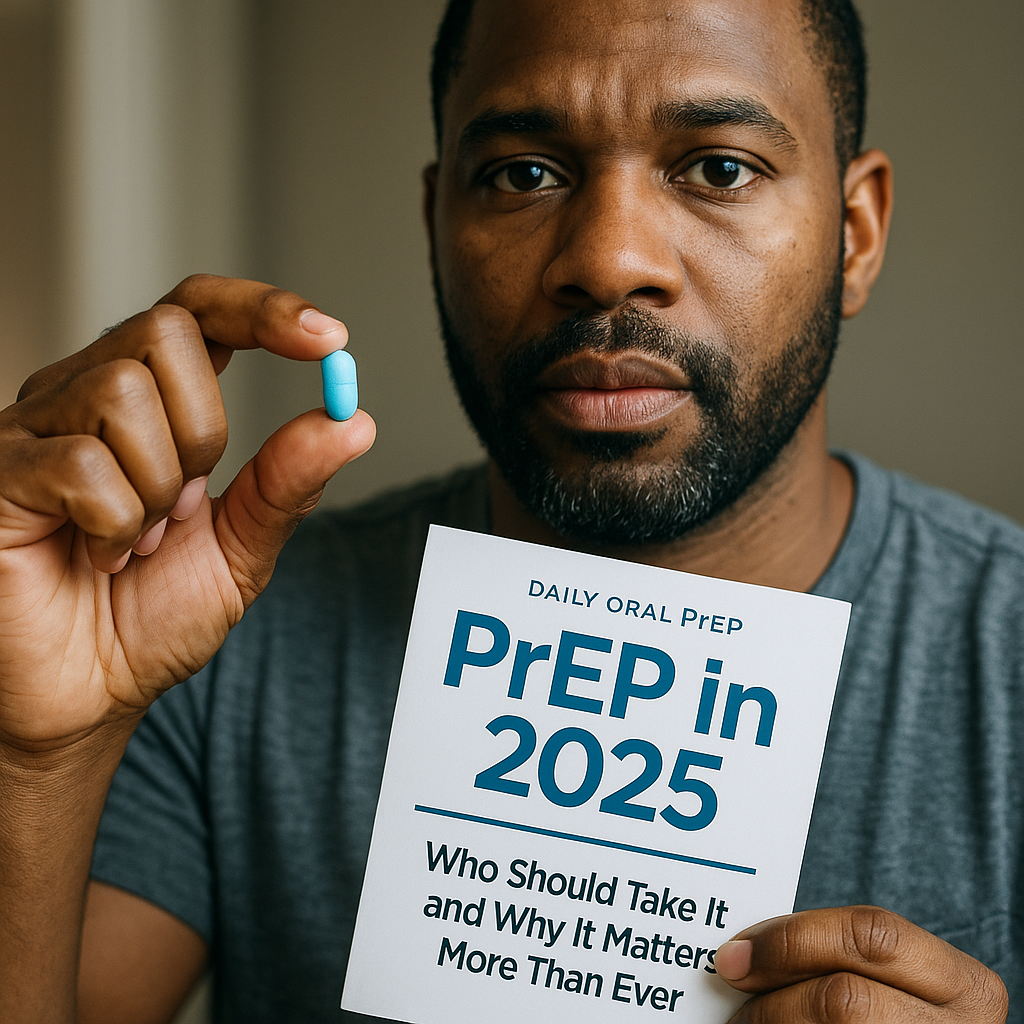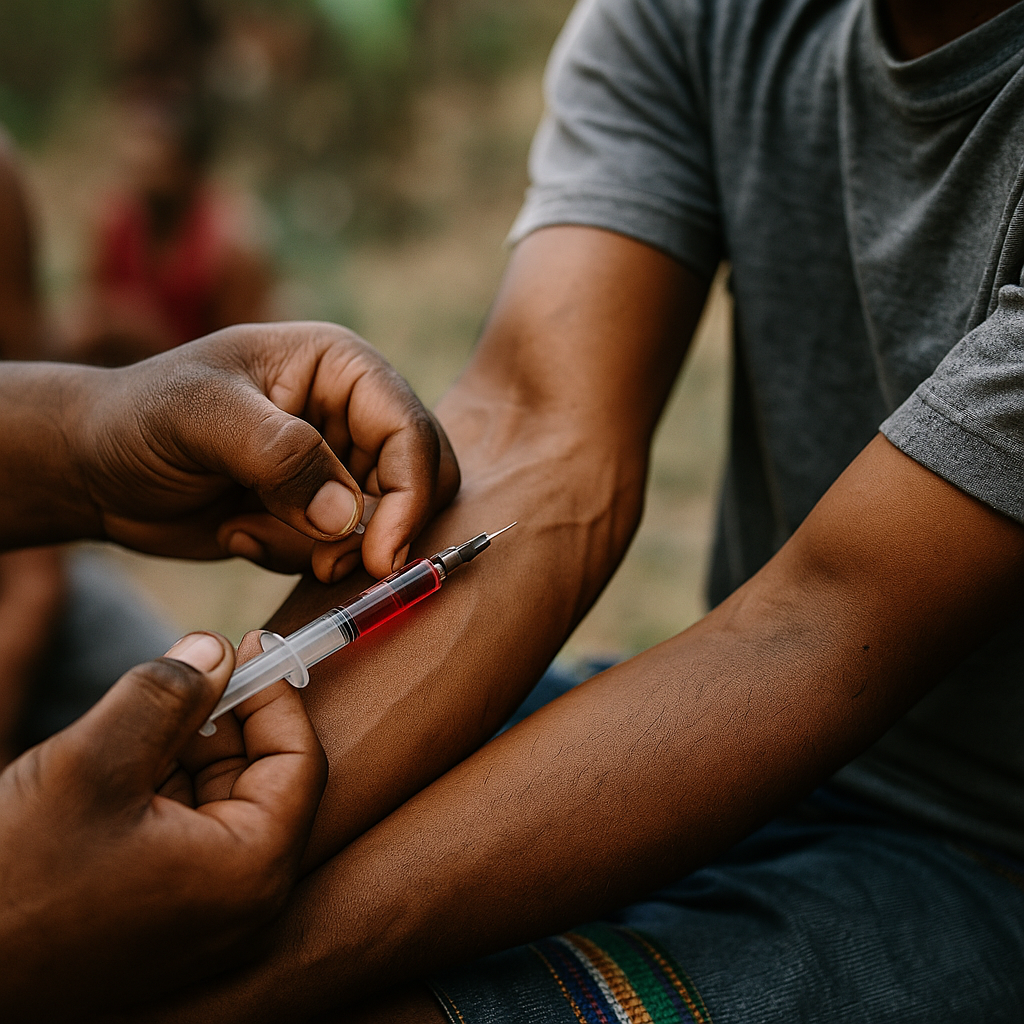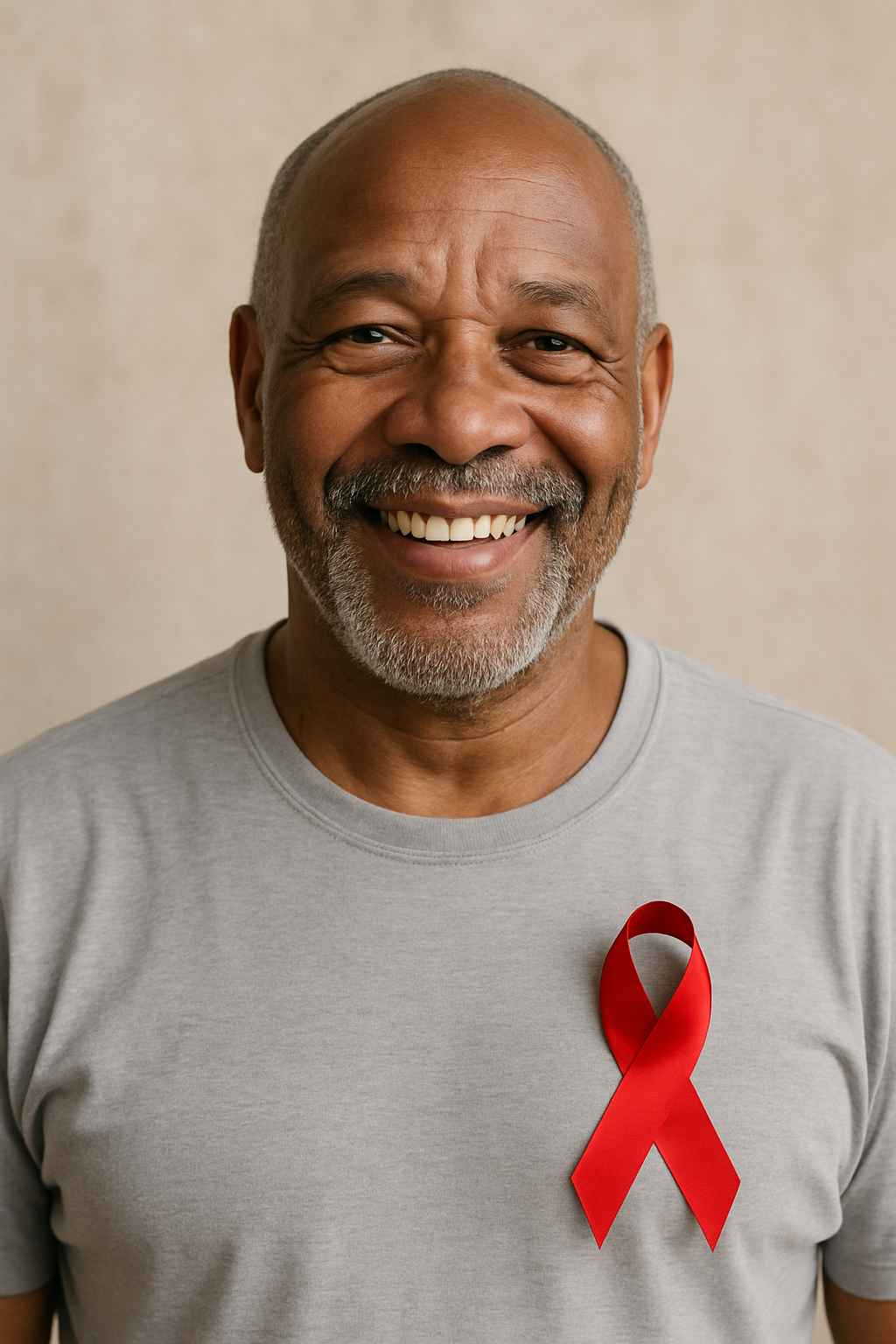What does it mean to be an icon in the fight against HIV? For decades, HIV Icons have led movements, shattered stigma, and inspired hope in communities affected by the virus. These trailblazers—from activists and researchers to celebrities and everyday heroes—have helped reshape public understanding and global response to the AIDS epidemic.
Table of Contents
- The Legacy of Early HIV Icons
- Activists Who Shifted Global Policy
- Celebrities Who Spoke Out and Saved Lives
- The Ongoing Influence of Modern HIV Icons
- Why HIV Icons Still Matter Today
The Legacy of Early HIV Icons
In the early 1980s, HIV was misunderstood and shrouded in fear. Courageous individuals like Ryan White, a teenager who fought for his right to attend school after contracting HIV through a blood transfusion, became a symbol of compassion and resilience. Elizabeth Glaser, who lost her daughter to AIDS and was HIV-positive herself, used her platform to form the Elizabeth Glaser Pediatric AIDS Foundation, changing the course of research and care for children with HIV.
These early HIV Icons didn’t just raise awareness; they humanized the epidemic at a time when misinformation and discrimination were rampant. Their legacy laid the foundation for future activism and medical breakthroughs.
Activists Who Shifted Global Policy
The HIV/AIDS crisis fueled one of the most powerful grassroots movements in history. Organizations like ACT UP, co-founded by Larry Kramer, demanded access to treatment and research funding during a time of widespread government inaction. These activists became icons not by choice, but by necessity—turning grief into a powerful force for change.
In countries around the world, leaders like Nkosi Johnson, a South African child who addressed the International AIDS Conference before his death at age 12, showed that even the youngest voices could leave a lasting impact. Their influence helped shape programs like PEPFAR and the Global Fund, which have saved millions of lives.
Celebrities Who Spoke Out and Saved Lives
Public figures often remain silent on stigmatized issues—but some chose to speak up. Magic Johnson’s 1991 announcement that he was HIV-positive marked a turning point in public perception. Suddenly, the virus had a face that millions respected and admired. His continued advocacy has since helped normalize HIV testing and promote access to care.
Musicians like Freddie Mercury of Queen and artists like Keith Haring used their fame and creativity to address the epidemic. While some passed before treatments became widely available, their courage helped spark a cultural reckoning with the realities of HIV and AIDS.
The Ongoing Influence of Modern HIV Icons
Today’s HIV Icons look different—but their impact remains powerful. Social media influencers like Josh Robbins use platforms like TikTok and Instagram to share their journeys and educate followers about living with HIV. Advocates such as Prince Harry have pushed for global awareness through campaigns like HIV testing week, reducing stigma across generations.
Even in the digital age, traditional voices remain vital. Organizations like eHealthcare Solutions help elevate these advocates, ensuring their messages reach audiences who need them most. Whether through education, art, or activism, modern icons are evolving how we talk about HIV—and how we fight it.
Why HIV Icons Still Matter Today
The HIV epidemic isn’t over. Despite medical advances, challenges persist in access to care, prevention, and education—especially in underserved communities. HIV Icons remain essential in breaking barriers and inspiring progress. Their visibility helps normalize testing, encourage safe practices, and push for inclusive healthcare policies.
As we honor those who paved the way, we must also recognize emerging leaders and support systems that continue the work. If you or someone you know needs help navigating HIV care, visit Healthcare.pro for trusted resources.
Conclusion
HIV Icons have shaped history—and continue to influence the future. Their bravery, advocacy, and resilience inspire hope, drive policy, and change lives. As we celebrate their impact, we renew our commitment to equity, education, and the ultimate goal of ending HIV/AIDS for good.
FAQs
Who are some famous HIV Icons?
Prominent HIV Icons include Ryan White, Magic Johnson, Elizabeth Glaser, Freddie Mercury, and Larry Kramer.
Why is it important to celebrate HIV Icons?
Recognizing these individuals helps reduce stigma, promote awareness, and honor the progress made in HIV/AIDS care and advocacy.
How can I support HIV advocacy?
You can support by donating to organizations, spreading awareness, getting tested, and advocating for equitable healthcare policies.
Are there HIV Icons in today’s generation?
Yes, influencers, healthcare professionals, and young advocates continue to shape the conversation and fight for access and education.
Where can I find help if I’m living with HIV?
Resources like Healthcare.pro provide reliable information, support, and access to care professionals.
This content is not medical advice. For any health issues, always consult a healthcare professional. In an emergency, call 911 or your local emergency services.



